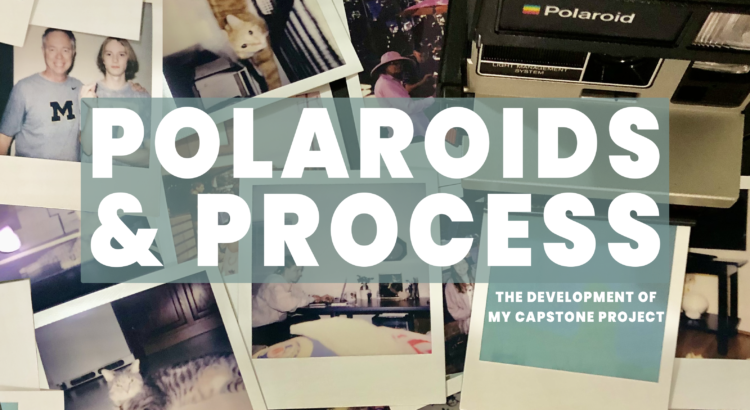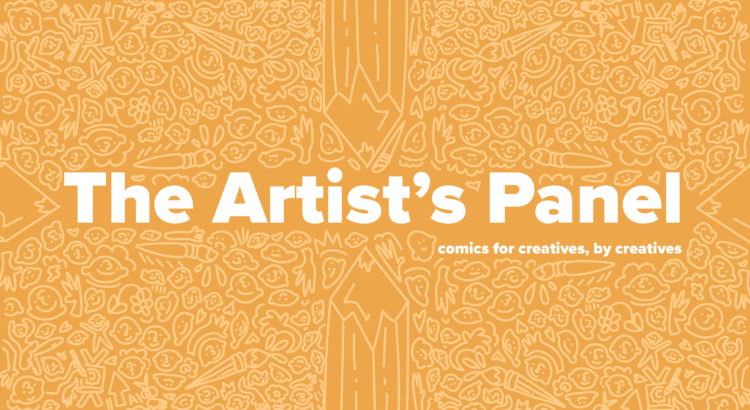
My direction for IP has taken a sharp turn. Since the beginning of the semester, I have not let myself consider a medium that is not digital. I developed a lingering fear of working three-dimensionally after my freshman year 3D Studio professor took one look at my project during a crit and said “oh… better luck next time.” I’ve made iteration after iteration of digital work, including illustrations, CAD models, and UX prototypes. Still, my work was missing something. It wasn’t immersive enough, impactful enough, or thought provoking enough. I needed it to be more involved.
During my Sophomore Studio class, I was experiencing some of the same stubbornness. My professor noticed this, and challenged me to make an interactive experience that forced the viewer to feel what it was like to have the dyscalculia, a learning disability that affects one’s ability to comprehend mathematical concepts. I ended up making a ridiculously large, 9 ft x 9 ft x 9 ft tent that housed imagery related to dyscalculia. From clocks without hands or numbers, confusing directions, and a “quiz” that set the viewer up to fail, this was truly an experience that engaged the viewer.
Right off the bat, I told my IP Professor “I don’t want to make another tent.” I was putting my foot down. But, as fate would have it, I had a bout of insomnia that kept me awake until 5AM. My brain was overflowing with ideas on how to engage my audience, and involve them directly in my work. I was coming up with ideas like ocular migraine simulators, depictions of bullying that made the viewer feel as if they were being tormented by schoolchildren, and a simulated classroom experience. None of these projects, however, captured the full breadth of what it means to have ADHD. At least, they didn’t on their own. By the time the morning light started trickling through my window, I knew what I had to do. I had to make the dreaded Tent 2.0.
As much as I lamented my sophomore year professor for making me do that tent, I am grateful for it now. As much as I joke about hating that project, I am so excited about the door that it opened up for me in. Because of that project, I gained valuable experience in creating something larger than life, and in learning how to express my internal feelings in an external environment. I see so much value in making ADHD tangible. Education through empathy has always been a primary goal in my work. Why would I limit my capacity to do that to a 2D realm?







